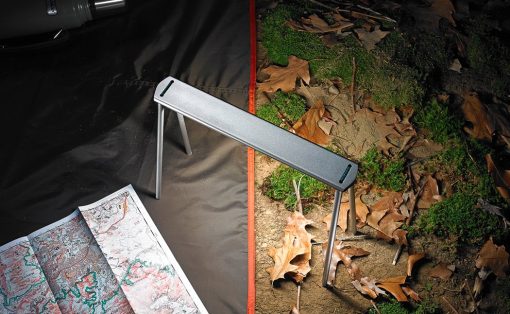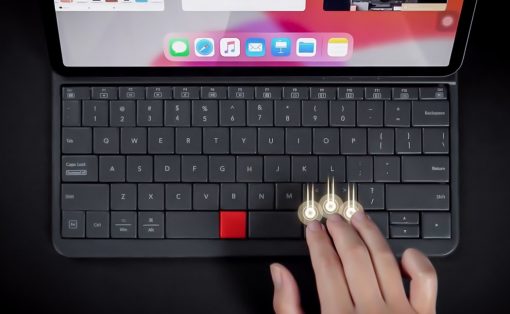The photo app has an incredible knack for predicting the biggest trends in social media and tech LONG before they catch on.
Ephemeral photos, Snapchat started it, Instagram popularized it. AR filters, started once again by Snapchat, got picked up and turned into Memojis by Apple. Snap Spectacles, launched in 2016, Facebook announced the Stories camera-embedded sunglasses in collaboration with RayBan years later. Whether you use Snapchat or not, whether you even like it or not, there’s no denying what a massive cultural impact it has had on society just by its ability to gauge where the tech wind is blowing. Snap announced its latest product today, a $250 drone named Pixy, and even though the drone market is quite saturated at the moment, Snap’s drone is slightly different – while most camera drones are designed to be specialist devices, almost like flying DSLRs or GoPros, Snap’s Pixy is like a flying version of your phone. It’s made to be incredibly intuitive, user-friendly, versatile, and has this approachable nature that just might make it an incredibly popular drone.
Designer: Snap
Click Here to Buy Now: $249.99
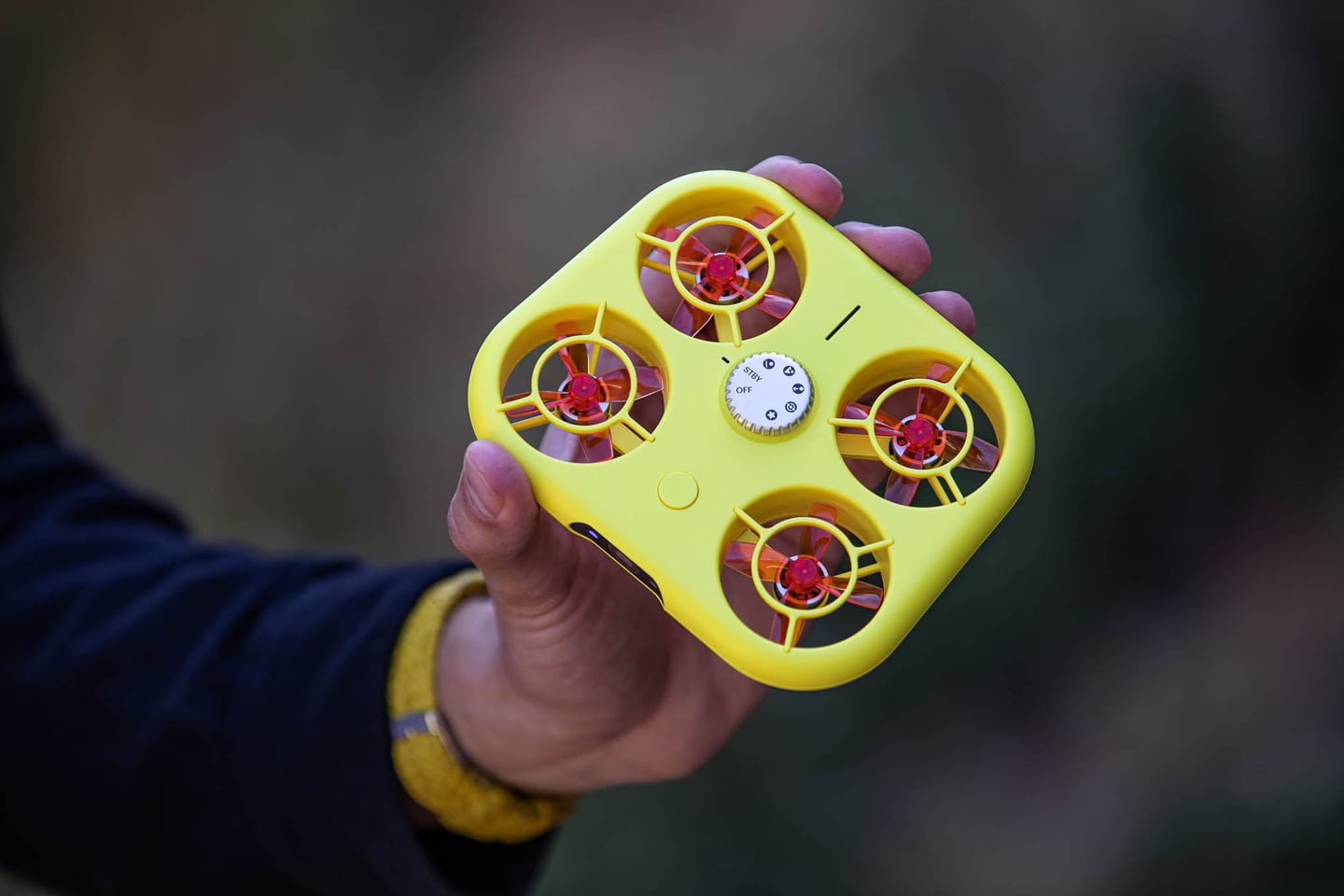
The drone, just like Snap’s Spectacles, is an extension of the company’s smartphone app, which already puts it off to a good start. Given that people are much more predisposed to editing videos on the Snap app than on some fancy software on the laptop, Pixy’s ability to interface with your smartphone makes it the perfect entry-level drone camera for most consumers looking to up their social media game. Videos and photos captured on the Pixy get sent right to your smartphone, and Snapchat’s own editing features let you add filters, stickers, and clip/crop/stitch videos to create masterpieces that you can post either to Snapchat or to any other social media app.
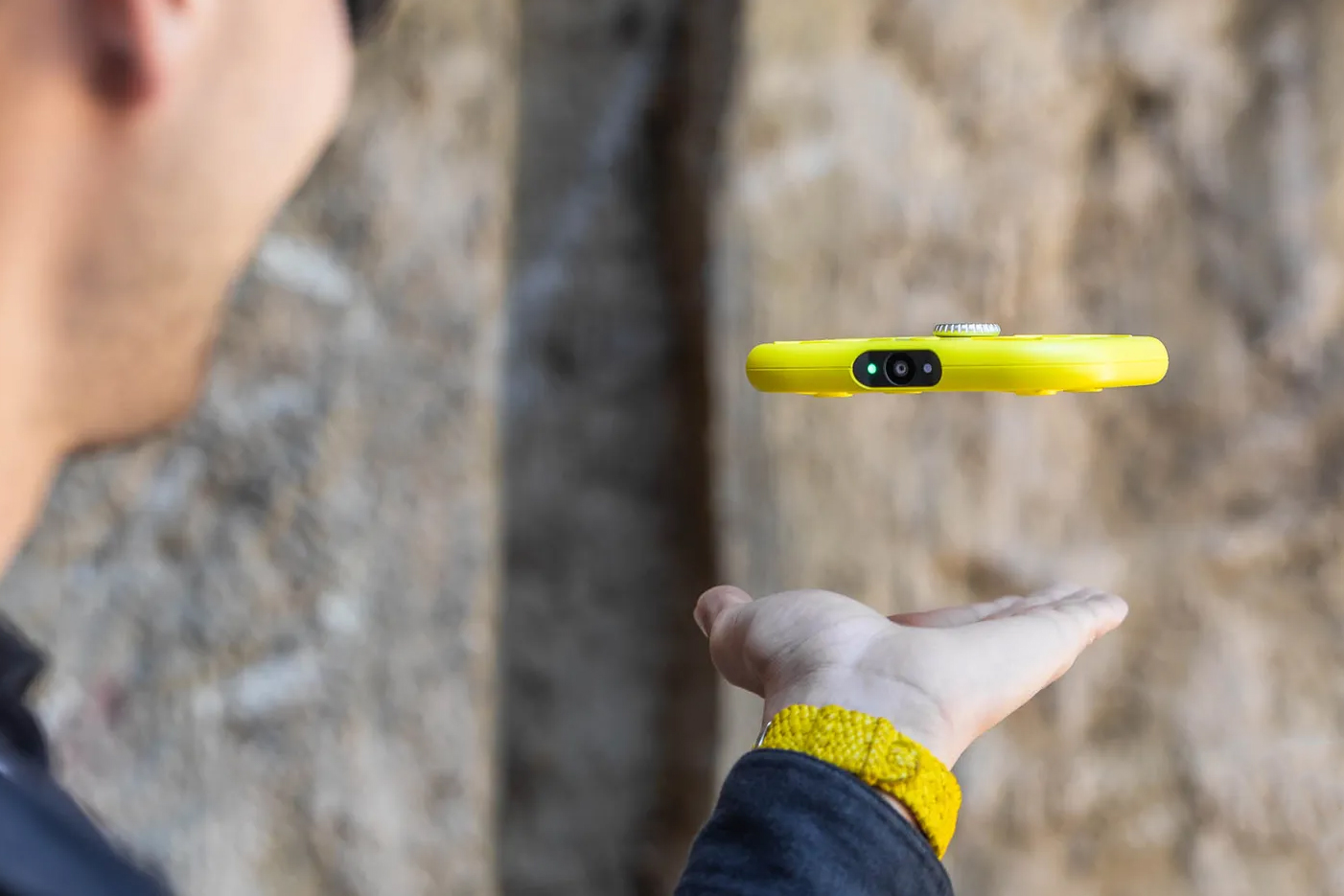
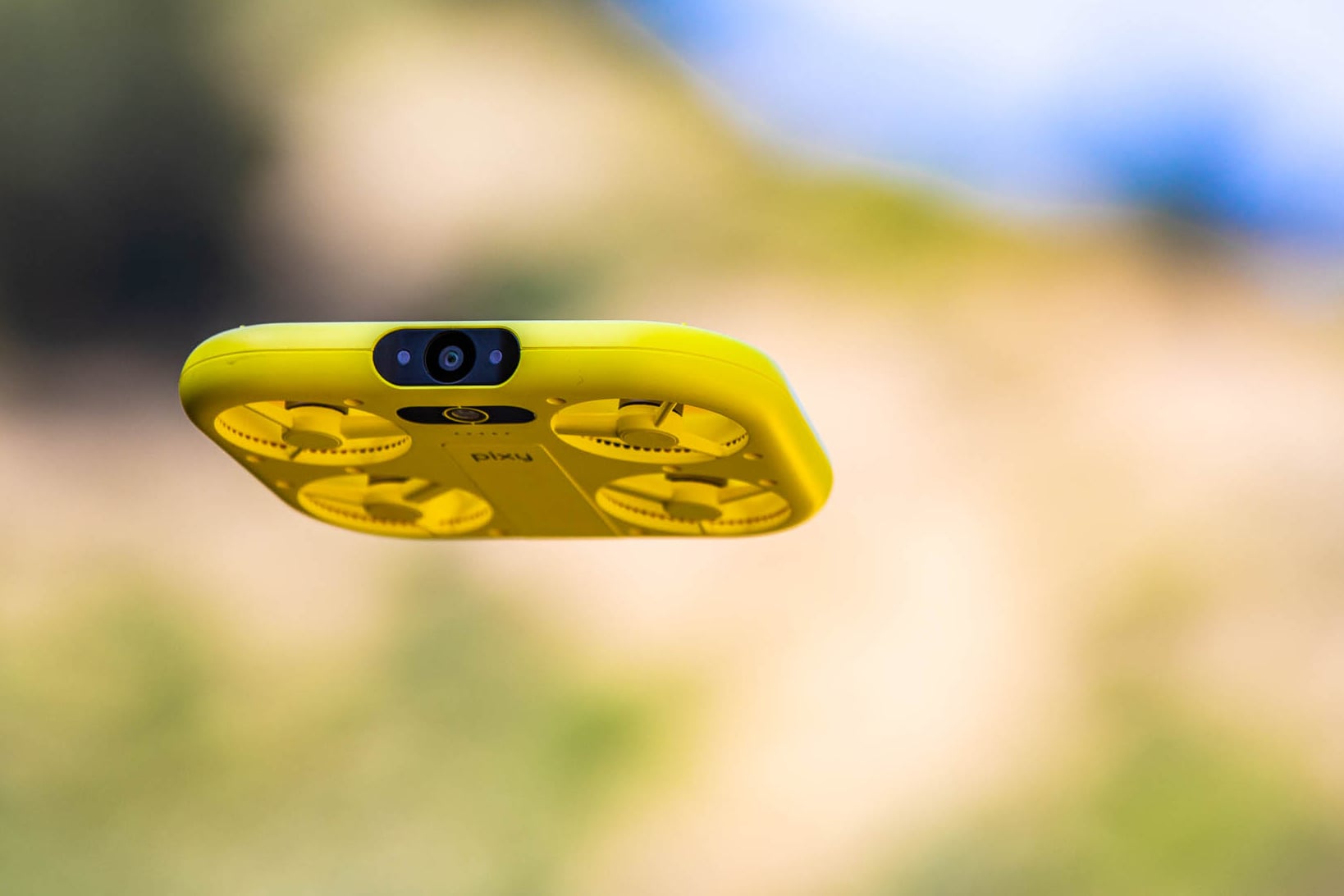
What Pixy gets right is that it was expressly designed for social media. The camera captures videos in portrait instead of the usual landscape, and can track people, allowing you to click selfies like never before. The drone’s construction isn’t incredibly intricate on first impression. Designed for first-time users, it has an enclosed propeller design, protected by plastic bumpers all around that prevent the drone from taking any damage. There’s no expensive gimbal system either – just a front-facing camera for photos and videos, and bottom-facing camera that detects your hand so the drone can safely land in your palm.

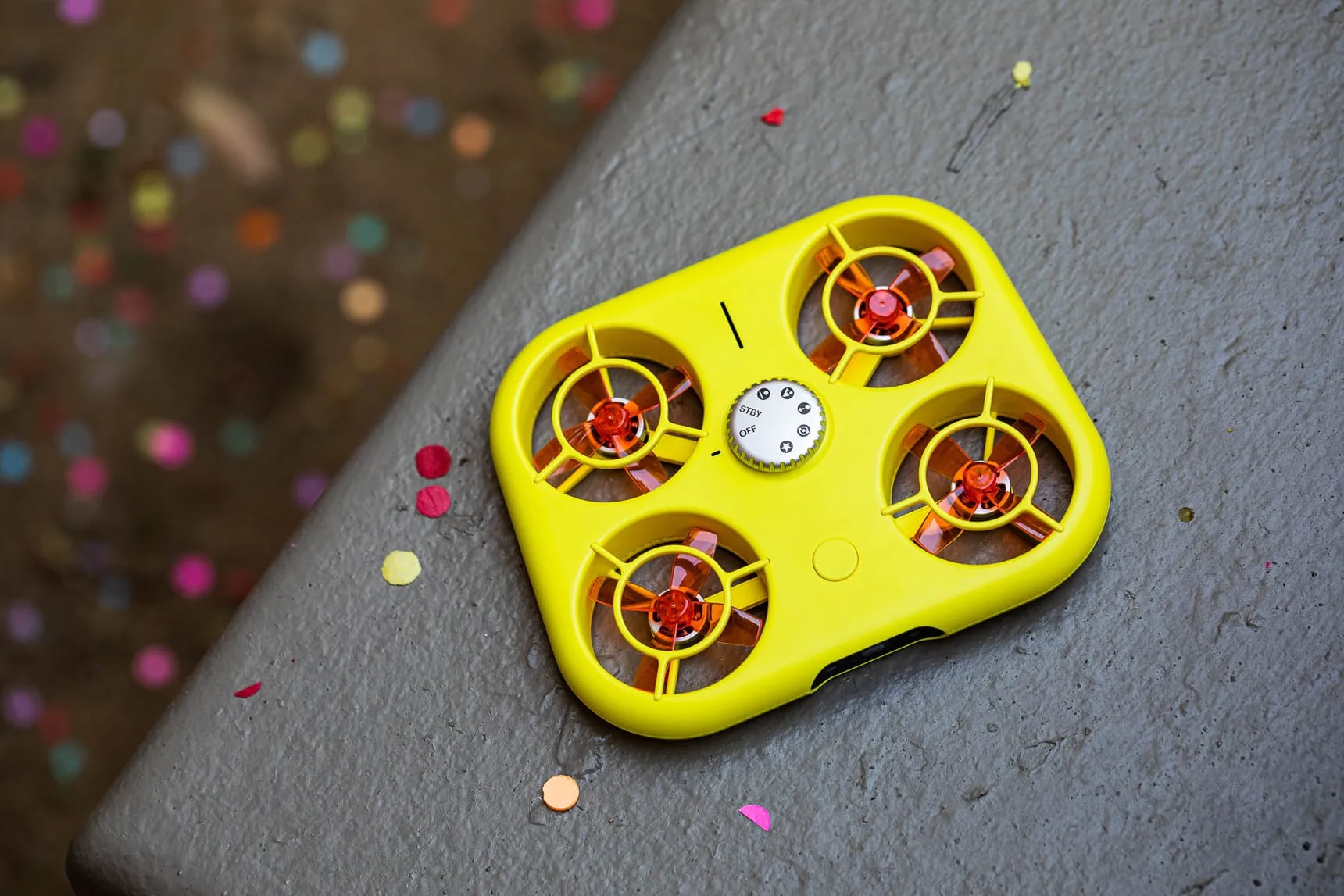
The drone weighs a paltry 101 grams, which has a big benefit in the fact that you don’t need to register it with the FAA as you would with heavier drones. However, this lightweight design means Pixy doesn’t really handle wind pretty well, and you may see incredibly shaky footage if there’s a heavy breeze around. The drone’s upper half has a knob (similar to the kind you’d see on DSLRs) that lets you cycle between its shooting modes, with orbiting, following, revealing, and landscape shooting patterns built-in. The drone can even be controlled via the app, with an integrated emergency landing feature just in case you lose control of your drone. It also comes with a detachable battery that can be swapped out and replaced on the go, with a battery capacity that Snap says should last ‘5 flight trips’.
Is this a pitch for people to go buy the Pixy? Not really. Do I think Pixy will be a consumer success story? That’s kinda debatable too, because the Snap Spectacles weren’t a runaway success either. However, with the announcement of Pixy, it’s worth noting that Snapchat’s made a trend prediction here that I definitely believe may catch on in the future. Will the Pixy be a strong part of that future? I can’t tell, although if Snap’s betting money on it, it might be worth a closer look.

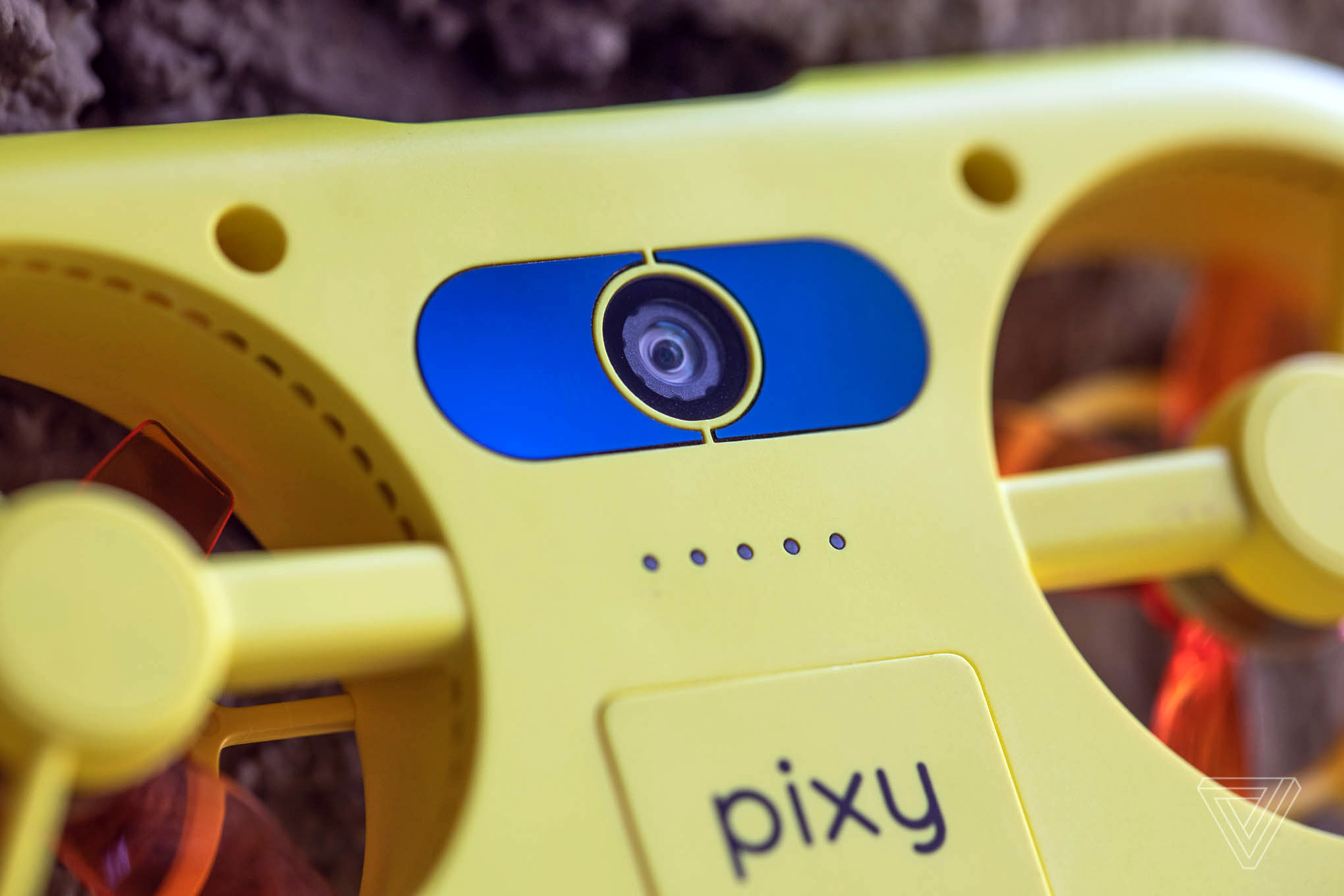
Click Here to Buy Now: $249.99
Images via The Verge



